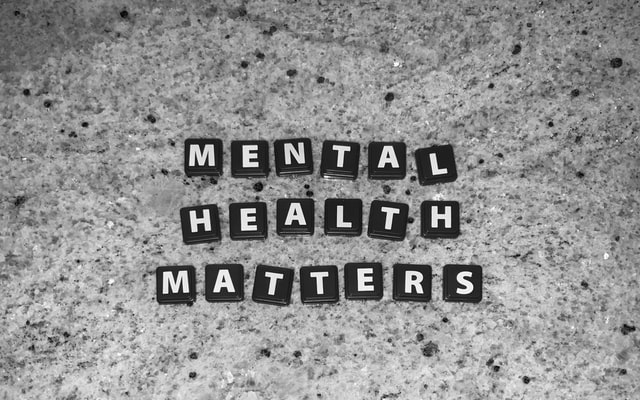Social media has a way of infiltrating daily life and impacting young members of society. Its reach keeps expanding and engaging younger audiences with every new generation.
Young people often use social media as a means to network, communicate, and share ideas with each other. Many popular social media platforms have no age limits and creating a profile on them is free.
While social media engagement has some benefits, it can also have an adverse impact on the minds and health of young people.

Increase of Mental Health Disorders and Social Media Use: Coincidence?
The rise of social media seems to be growing in stride with the increasing prevalence of substance abuse and mental disorders among younger populations.
The need for individual therapy and low-cost or free addiction treatment keeps increasing, as more adolescents at younger ages are struggling more with addiction and mental health issues related to how social media monopolizes their minds and lives.
How Young Adults Use Social Media
According to research data, 97% of teenagers between the ages of 13 and 17 use some form of social media, such as YouTube, Snapchat, Facebook, and Instagram.
These social media platforms spawn conversation threads and subjective narratives about politics, social justice, health, lifestyle, culture, and other buzz-worthy topics.
Young adults get exposed to a lot of information and influential opinions on social media. These digital outlets allow them to create online identities, communicate with peers globally, and access content that they find interesting or entertaining. In an environment where visibility often shapes perception, some even consider buying Instagram likes from Social Booster to help their posts gain initial traction and appear more engaging to their followers.
How Social Media Increases the Risk of Mental Disorders
Social media can be distracting to younger audiences who can become obsessive and addicted to the instant gratification of social media. They can develop anxiety over what has become known as FOMO, an acronym for ?fear of missing out.?
FOMO can have a detrimental impact on the quality of sleep, cognitive function, and emotional development of teenagers as they become socially detached and isolated from the physical world they live in.
Getting harassed with negative commentary or feedback on social media networks can also be devastating to a teenager’s already fragile self-esteem and sense of identity.
The preoccupation with digital presence and activity, decreased confidence, and lack of real socialization that comes from excessive social media use is known to increase anxiety, depression, and other mental disorders among young adults.
Distortion of Information on Social Media
Young adults are extremely sensitive to peer pressure and the appeal of social acceptance, which converge on social media where information can get distorted.
Young, impressionable minds are extremely vulnerable to skewed facts and subjective opinions. Their perception of reality is easily manipulated by virulent messages and views that spread far and wide across social networks.
Exposure to Addictive Substances and Substance Use on Social Media
Companies that sell alcohol, nicotine, cannabis, and other potentially addictive or harmful products often use social media platforms as digital media marketing opportunities to target younger consumer audiences, regardless of how young.
Unfortunately, young people get frequent exposure to this content and are influenced by distorted and misleading messages about drinking, smoking, vaping, or using.
The desire for social acceptance combined with the implied connotations about substance use and happiness can easily incentivize young consumers to experiment with high-risk products without fear of addiction and other consequences.
Growing Up in a Social Media Culture
Overexposure to adult products and topics, along with the social pressures and absorbent minds of young adults create a perfect storm that can be harmful to the mental health of today’s youth.
In stages of social development and emotional growth, teenagers need to cultivate positive connections with peers and their community and develop their confidence.
There are ways to educate younger people on the risks of using social media and empower them to make good choices, reading online content with a grain of salt.
Hey welcome to my blog . I am a modern women who love to share any tips on lifestyle, health, travel. Hope you join me in this journey!

Speak Your Mind